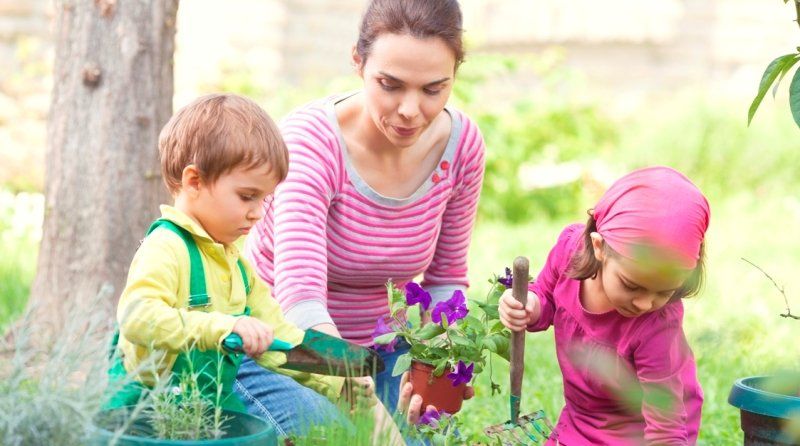Role of Key Person

To ensure that each and every child is supported in this transition and that their needs, interests, views and safety are always our main concern. We have appointed the key worker system to ensure that each child has a practitioner who is responsible for their settling in, learning and development in addition to Sarah, the owner of The Homestead Childcare.
How will this Look?
All staff will play with, encourage, interact with, observe all children. Your key person will be your main point of contact (except for Sarah who will always be responsible for and plan for the learning, development and safety of all children).
The Importance of the Key Person
The key person is a named practitioner who has responsibilities for a small group of children; The Key worker will be the main person to help the child feel safe and secure. Their role is important for both child and parent and it is an approach set out in the EYFS. The key person will respond to children’s needs and help them settle into a new environment, communicate is paramount between parent and key person as these discussions hold key information about the child. A Key person will be a point of contact for parents aside from Sarah.
Meeting Child’s Needs
The key person will have an input into the planning based on what feel their key child would enjoy/ benefit from to progress further. We shall us use this to individualise our weekly plans and to ensure we are creating opportunities through adult led or free play to observe these skills and evaluate. On a termly basis the managers will speak with the key worker to gain their input to the child’s Individual learning plan.
The key person is inclusive, they are aware of the child’s individual needs, related to their culture, background, any learning disabilities, ability, dietary requirements and sensitivities, to pass the information to the rest of the staff team and ensure their needs are met..
Keeping Records of the Key Child…
All staff are to collect evidence of child’s progress if they observe it; this can be photos, written observations eg narrative observations, or the child’s work.
The key worker will look over the child’s learning journey to ensure good progress for learning and development.



